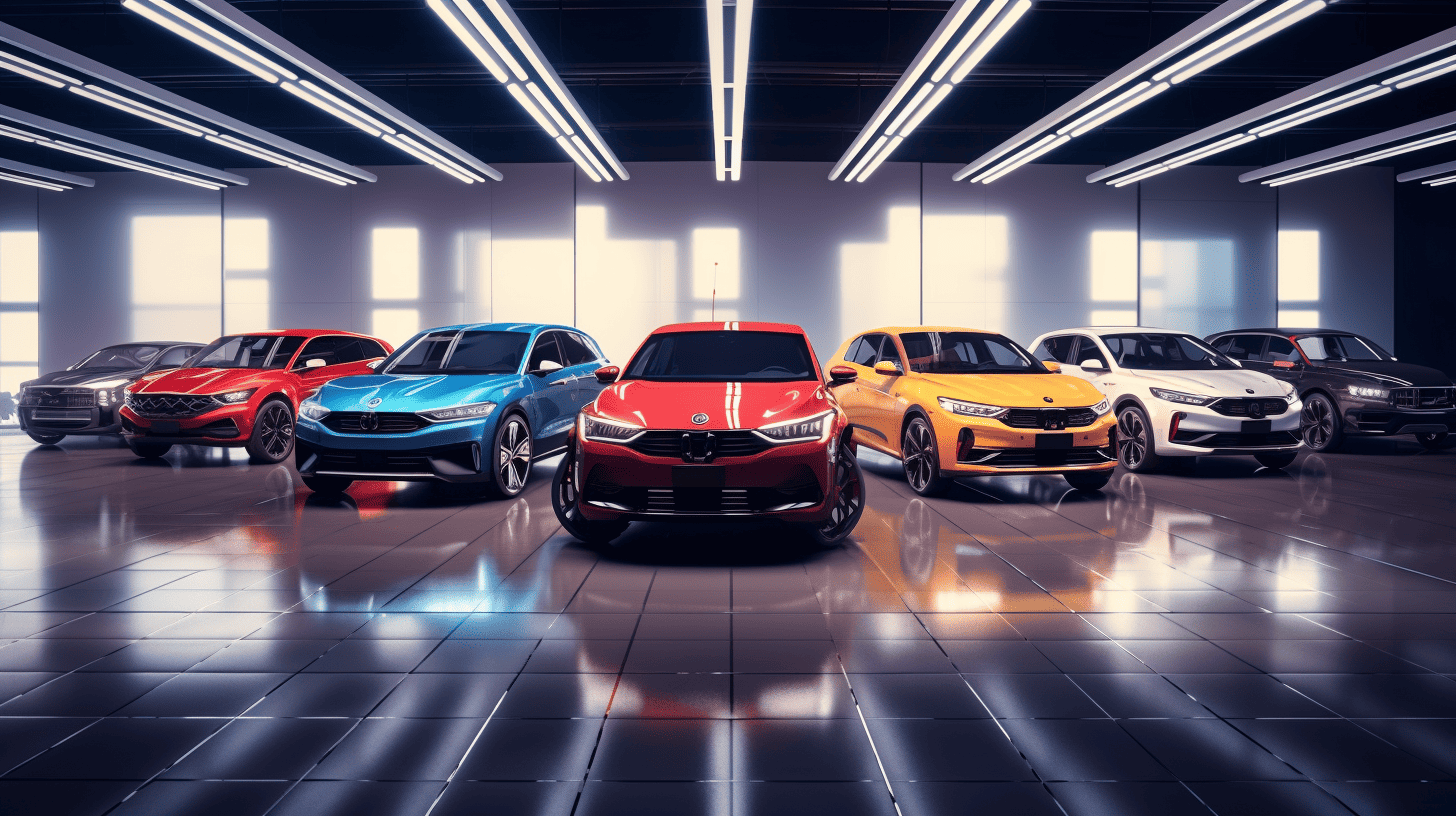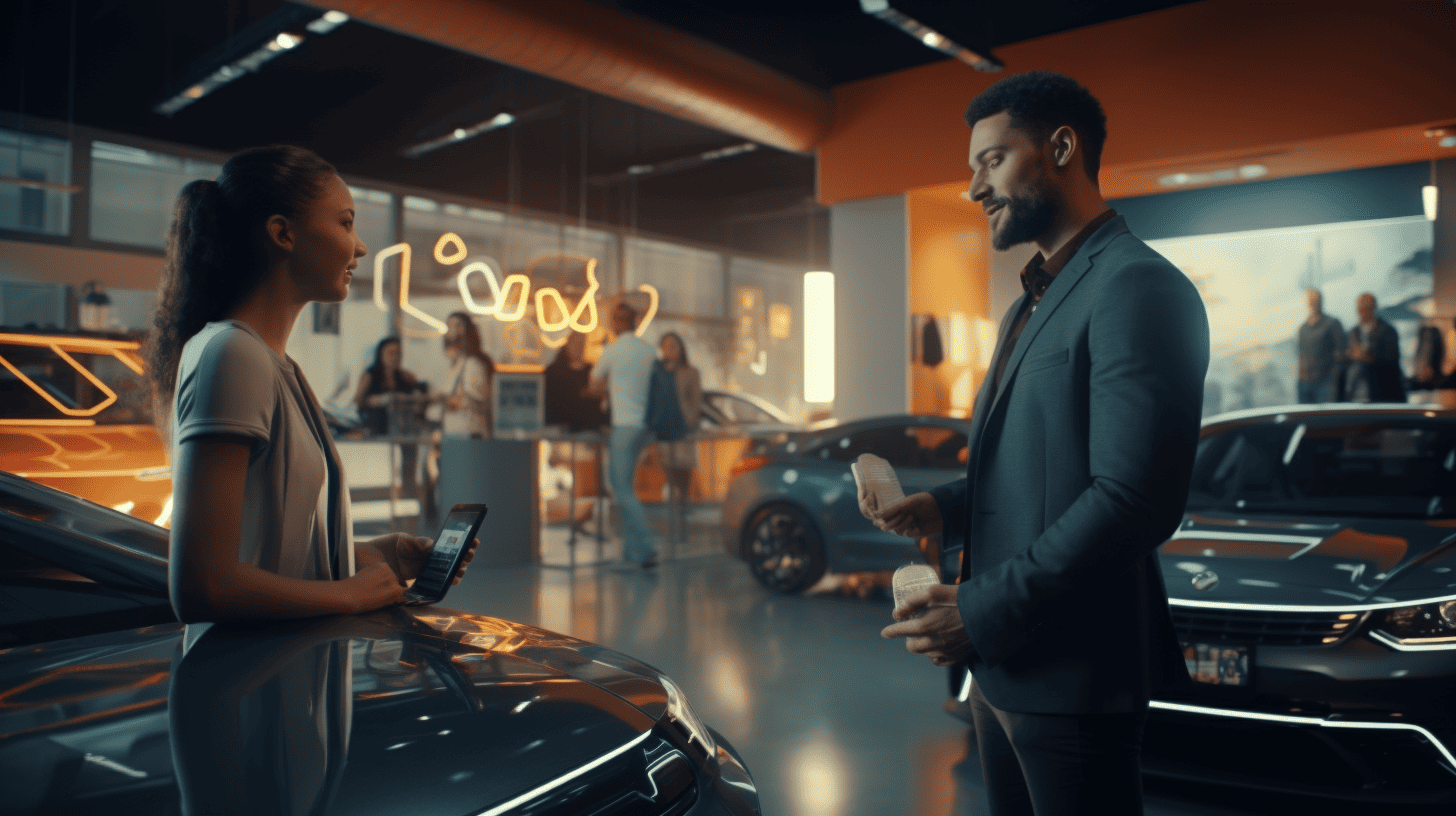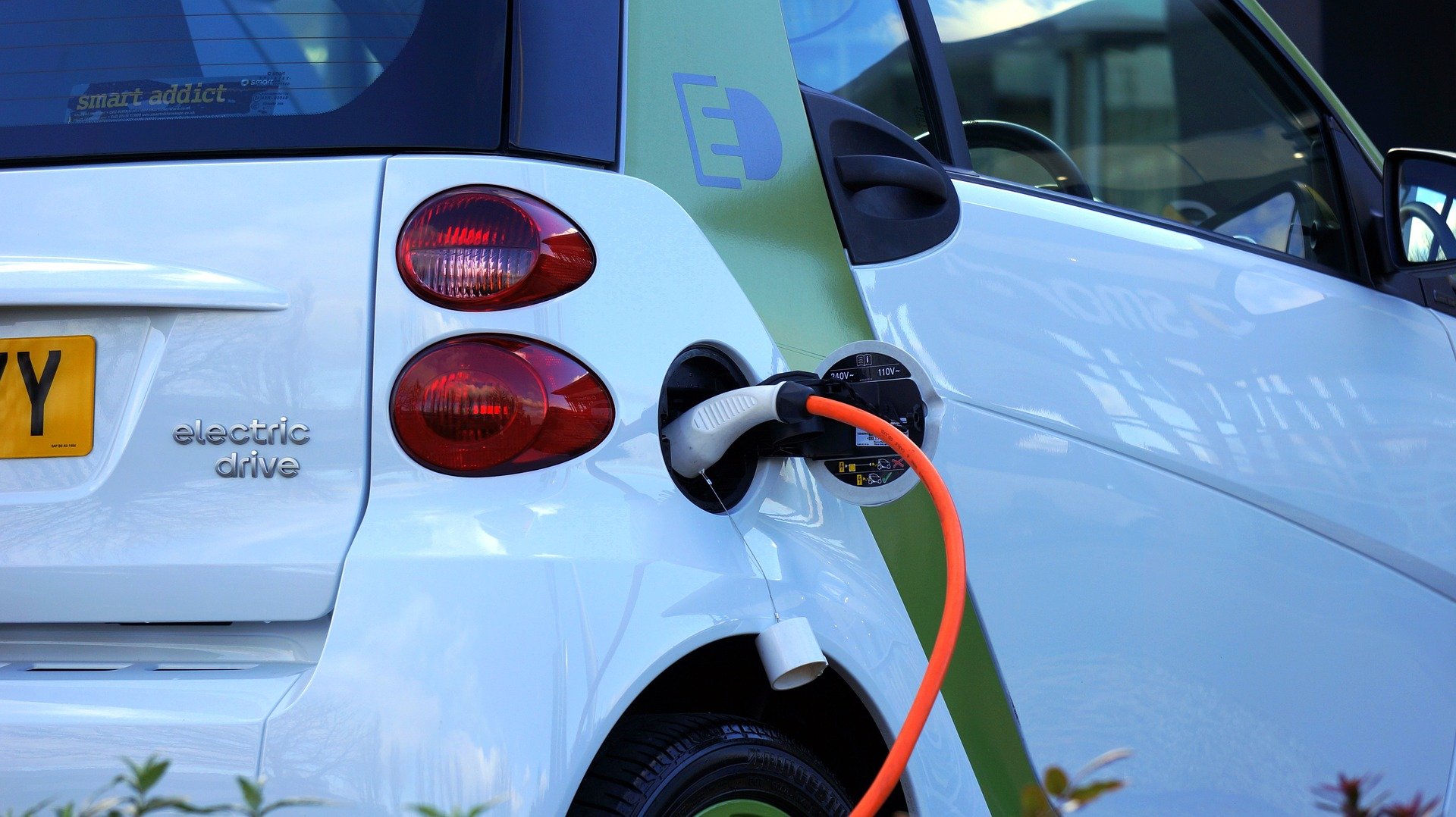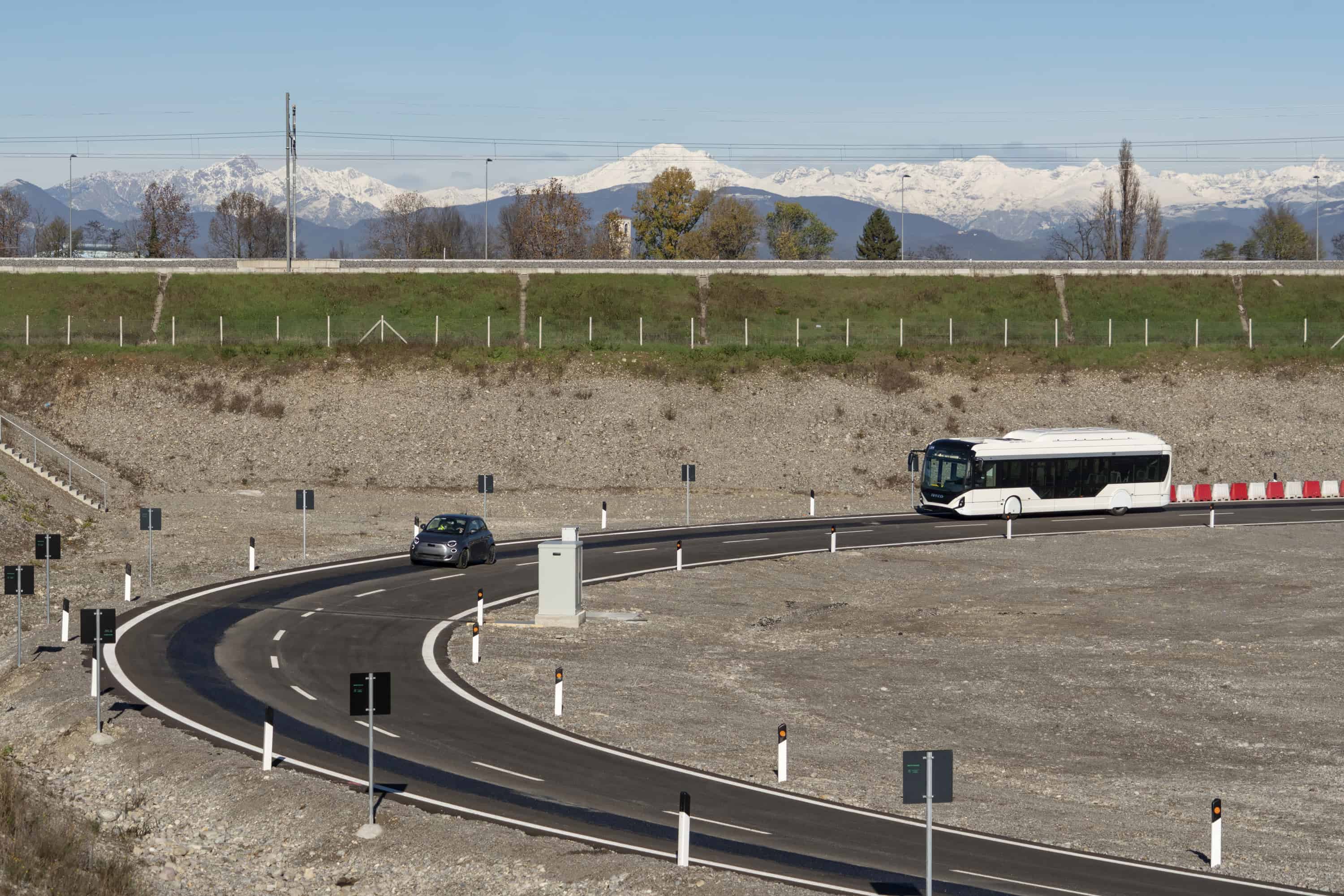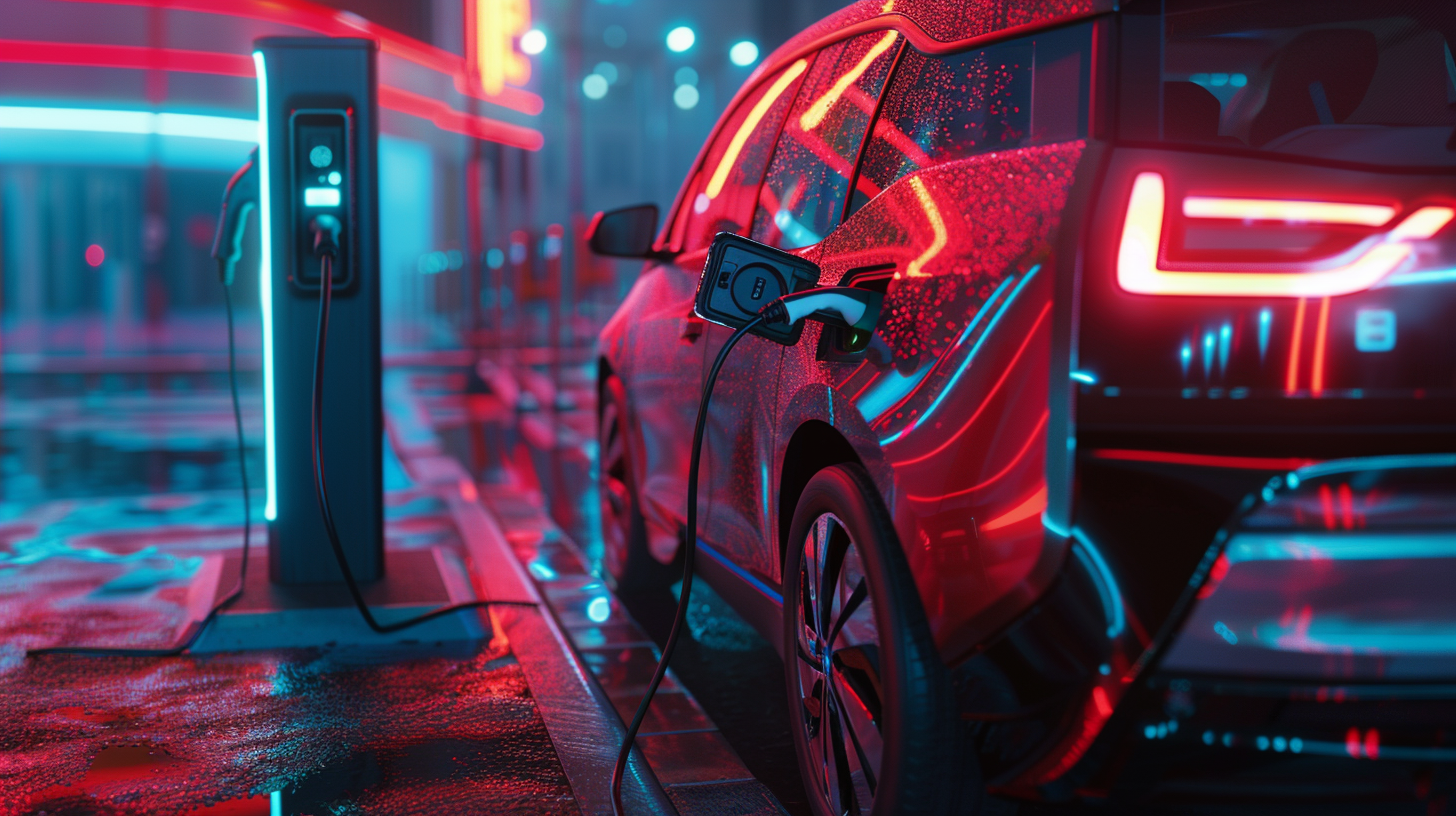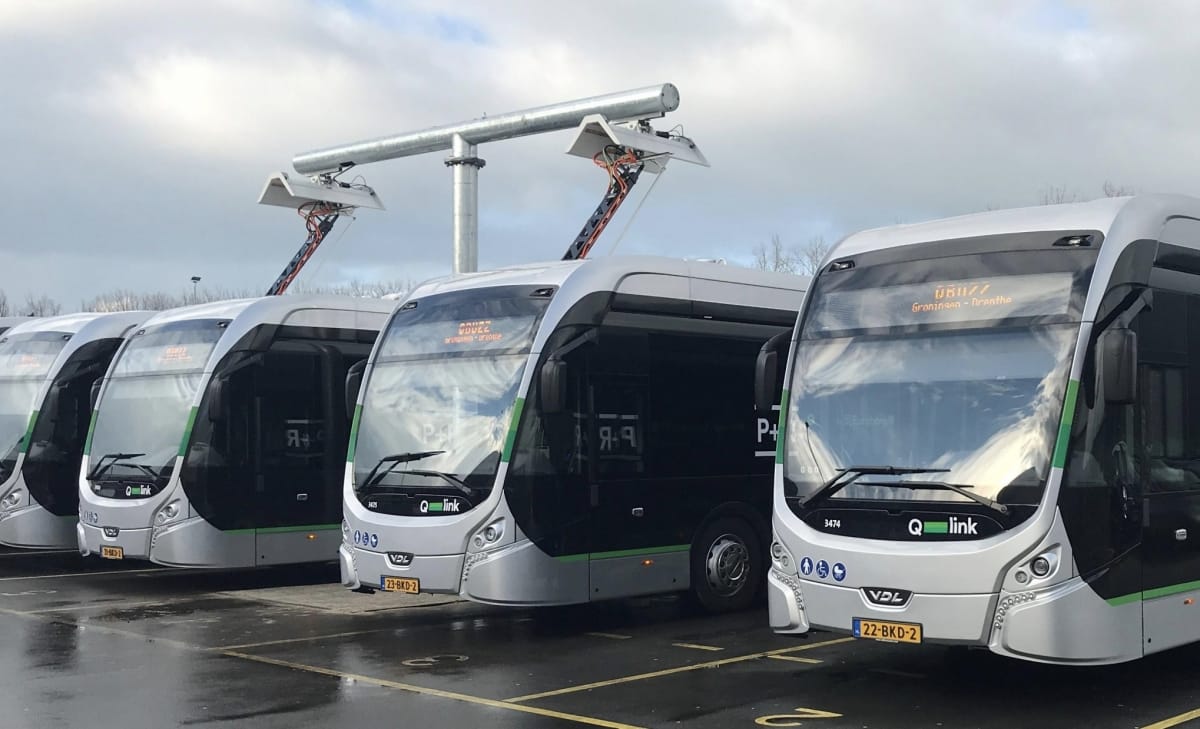
Germany is often a mystery, even to many Germans. This is especially the case when it comes to setting the course for a climate-friendly future, specifically in transportation and energy generation. Although registrations of electric vehicles are rising steadily thanks to a wealth of government subsidies, the pesky “framework conditions” simply don’t keep pace in the same way. These include charging infrastructure and affordable prices at the HPC.
You won’t get a positive climate future or low-carbon society simply by snapping your fingers and certainly not by holding demonstrations at the end of the week. A common phrase on social media right now is “Doing is like wanting, only more awesome!” This short sentence shows quite impressively where things are stuck in Germany (and elsewhere). A climate-neutral future is directly related to clean energy generation. Everyone agrees on that. And this must be made possible.
But the power requirements for a low-CO2 society will be much greater than they are today. In Germany today, the baseload – which eco-activists like to regard as outdated – comes from CO2-free nuclear power plants (which will soon be shut down) and dirty coal-fired power plants (which will be shut down much too late). Although they want to close the gap with gas-fired power plants, that only shifts the CO2 problem; it doesn’t solve it.
NIMBYs
Germany’s Renewable Energy Sources Act (EEG) has led to a strange occurrence: the most expensive electricity in Europe with high levels of CO2 in its generation. Renewable energy generation is being expanded, but this expansion currently seems to be managed without rhyme or reason and is moving too slowly. Legions of eco-activists regularly post on social media an increasing (gross) share of solar and wind energy for Germany, but for various reasons it is not reaching the places where it is needed. Indeed, many of these eco-activists are demonstrating with the same fervor against the planned large-scale power lines that will, for example, bring energy from offshore wind farms to the industrial conglomerates in southern Germany. Classic NIMBYs, in other words.
It seems to be much more important in Germany to have an ideologically clean slate. Pragmatism for the “big picture” is frowned upon.
If there is not enough electricity in the future due to the shutdowns, Germany will buy from France (nuclear power), neighboring countries or Poland/Czech Republic (coal-fired power). The advantage of this is that one can demonstrate with a clean slate how seriously one takes the ecological conversion. The CO2 is produced elsewhere.
By the way: Favorable electricity prices and available electricity are indispensable for a transformation to a low-carbon economy. The example of the chemical industry shows that hydrogen would enable largely CO2-neutral production, but that this would triple the demand for electricity. This is hardly feasible without “help” from neighboring European countries. But they also want to become CO2-neutral. Not to mention the tripling of electricity costs.
What does all this have to do with electromobility?
A great deal, because cheap, clean electricity is also a basic prerequisite for a low-CO2 transportation transition. But this change in transportation must be socially acceptable. A win-win situation must be created for the consumer. Any prohibitions will only lead to obstinacy and will ultimately be counterproductive.
Ideological resentment
Both the (real) costs of electric cars and electricity in Germany are hardly conducive to rapid conversion. Ideological resentments stand in the way of a holistic solution. Renewable energy generation must also reach consumers and be storable. The technologies are available – but they are being tackled too timidly, if at all. The energy infrastructure is lagging behind the country’s noble goals. Pragmatism is lacking everywhere.
And then there’s the problem with numbers. Industrial companies need reliable, powerful power generation at competitive prices. In terms of cost competition, solar and wind are already quite good; only reliable power generation in the terawatt range is lacking. In the meantime, Germany is in danger of becoming an industrial museum because important decisions are not being made.
Unfortunately, this will not happen in the foreseeable future in any case. After all, federal elections are coming up soon. There will be even fewer “movers and shakers” and “doers” to reckon with.
About this column:
In a weekly column, written alternately by Bert Overlack, Eveline van Zeeland, Eugene Franken, Helen Kardan, Katleen Gabriels, Carina Weijma, Bernd Maier-Leppla and Colinda de Beer, Innovation Origins tries to figure out what the future will look like. These columnists, sometimes supplemented by guest bloggers, are all working in their own way to find solutions to the problems of our time.



